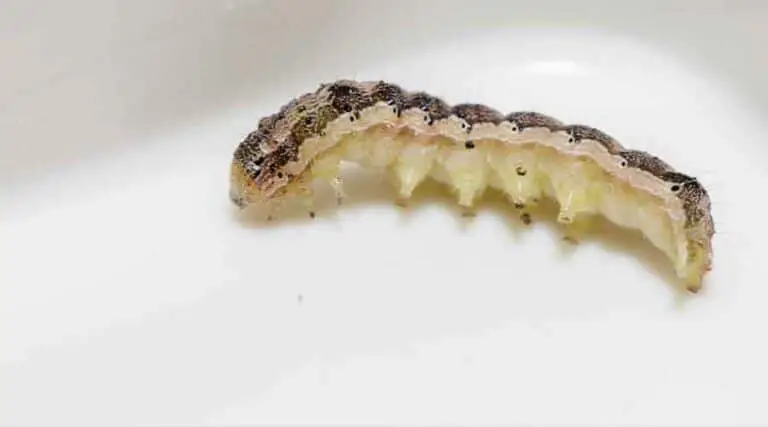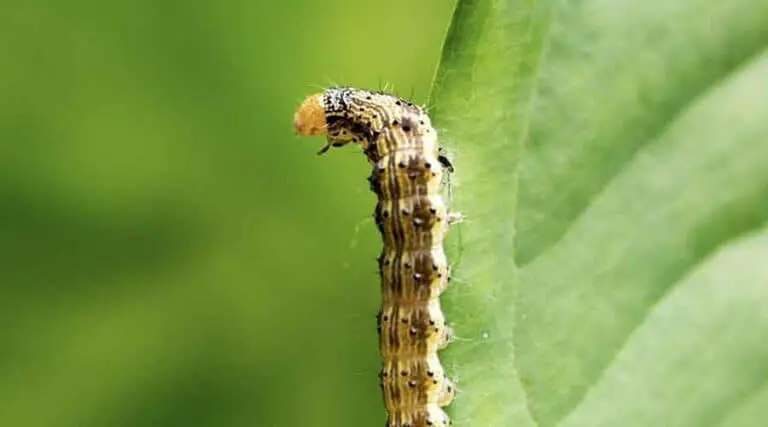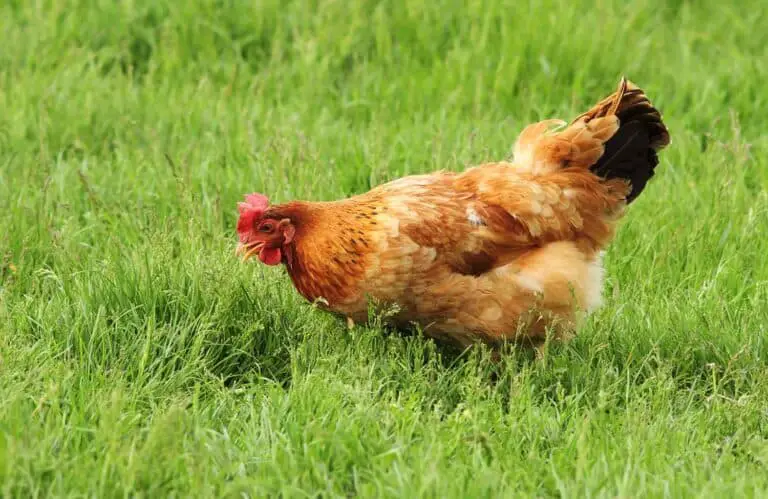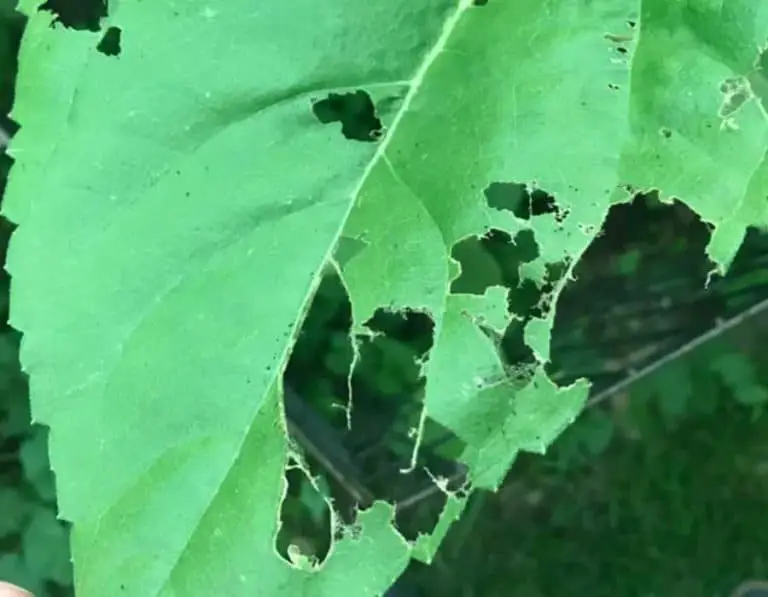Does 7 Dust Kill Cutworms? Effective Solutions Explained
Cutworms can be particularly troublesome for gardeners, as these insect pests can cause significant damage to plants and crops. They’re known for their habit of feeding on the stems and leaves of various plants, often cutting through plant stems and leaving them to wilt and die. To effectively protect your garden from these pesky pests, it’s important to understand the most effective methods of control.
One potential solution to combat cutworm infestations is using insecticides, such as Sevin Dust (also known as 7 Dust). This is a popular pesticide containing carbaryl, which has been proven effective in controlling a variety of insects. However, when it comes to cutworms, some sources indicate that 7 Dust can be somewhat effective at controlling these pests, while other sources highlight the use of alternative insecticides for better results.
Keeping this in mind, it is wise to explore alternative methods and products for cutworm control based on effectiveness and safety concerns, especially if choosing a solution for a home garden where children and pets might be present. Always remember to follow the label instructions carefully when using any pesticide, and consider incorporating integrated pest management strategies for long-term success in maintaining a healthy, cutworm-free garden.
What Are Cutworms
Cutworms are moth larvae that, when fully grown, belong to the family Noctuidae. They get their name from their feeding habits, which involve cutting through the stems of seedlings and young plants at their base, causing them to fall over or wither away. There are many species of cutworms, but some of the most common include the black cutworm (Agrotis ipsilon), the western bean cutworm (Lepidoptera: Noctuidae), and the greasy cutworm (Agrotis telifera).
These pests typically feed during the night, making it difficult for gardeners and farmers to spot them during the day. Cutworms are known to cause significant damage in a variety of crops, including vegetables, grains, and even forest nursery stock. Their destruction can lead to substantial economic losses in commercial agriculture and forest management.
In order to manage cutworm infestations, it is crucial to employ various agricultural practices, such as selecting resistant plant varieties, crop rotation, and plowing. In addition to these practices, chemical control can be effective, depending on the severity of the infestation. Pesticides like DDT dust have been used in the past, while newer chemicals like coat seeding agents have shown promising results in certain cases. However, it’s important to carefully assess potential side effects and environmental impacts before applying any chemical controls.
To summarize, cutworms are destructive moth larvae known for causing damage to various crops and vegetation. Effectively managing these pests requires the implementation of several agricultural practices, and it may also involve the use of targeted chemical control methods.
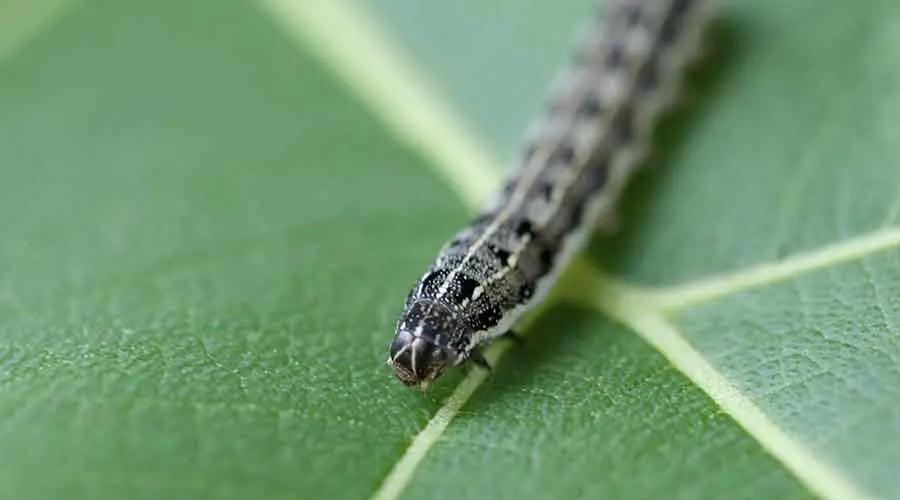
7 Dust and Its Ingredients
7 Dust, commonly known as Sevin Dust, is a widely used insecticide for the control of various pests, including cutworms. The product’s main active ingredient is carbaryl, a chemical compound that is highly effective in targeting a broad range of pests.
Carbaryl belongs to a group of pesticides known as carbamates. It works by inhibiting the proper functioning of an enzyme that is essential for the nervous system of insects. As a result, carbaryl effectively causes the paralysis and eventual death of pests, making it suitable for controlling cutworms in gardens and crop fields.
In addition to carbaryl, Sevin Dust may also contain other ingredients such as:
- Inert ingredients: These substances help improve the overall effectiveness and safety of the pesticide. They may serve various purposes, such as extending the product’s shelf life, enhancing its spreadability, or reducing its potential harm to the environment.
- Wetting agents: These ingredients facilitate the pesticide’s even distribution and adherence to plant surfaces, resulting in better pest control.
Sevin Dust is typically available in different formulations, such as wettable powders and granules. Gardeners can choose the most suitable form based on their specific needs and the target pests’ life stage.
When using Sevin Dust to control cutworms, it is essential to follow the product label’s instructions to ensure effective and safe application. Proper use of Sevin Dust can provide significant cutworm control, helping to protect your plants from the devastating damage caused by these pests.
Does 7 Dust Kill Cutworms
7 Dust, also known as Sevin Dust, is a widely used pesticide that is primarily composed of carbaryl, a chemical effective against various pests, including cutworms. Carbaryl, a broad-spectrum insecticide, is capable of controlling cutworms and preventing damage to gardens and crops.
It is important to apply 7 Dust correctly for it to be effective against cutworms. The recommended method is to apply the dust evenly onto the soil surface, targeting the area where cutworms are likely to be feeding on plants. A uniform distribution of the dust is crucial in ensuring that the cutworms come into contact with the chemical for it to be effective.
In a research study, various dusts, including Sevin Dust, were found to be recommended against cutworms. The study suggests that these dust formulations can be used as a replacement for other harmful chemicals like Aldrin.
Another source suggests that DDT or endrin dusts can control cutworms effectively when applied with an efficient duster and achieving uniform coverage. It is important to note that DDT and endrin might not be suitable for home gardeners, as these chemicals have stronger environmental impacts and could potentially harm beneficial insects.
Please follow the label instructions carefully while applying any pesticide and be aware of proper safety measures to minimize any risks to humans, animals, and the environment.

How to Use 7 Dust for Cutworm Control
Sevin Dust, also known as 7 Dust, is an insecticide that can help control various garden pests including cutworms. Although there isn’t a specific mention of Sevin Dust’s effectiveness on cutworms, following the below guidelines will help you use the product properly for pest control.
Before using Sevin Dust, it is essential to put on protective gear. Wear a long-sleeved shirt, gloves, and a mask to prevent contact with the dust, as it can be harmful to humans and animals if ingested or inhaled.
Begin by identifying infested areas in your garden. Cutworms typically cause damage by cutting off plants near the soil line. Inspect for nocturnal cutworm activity by shining a flashlight on affected plants at night or look for signs of damage during the day.
Once you have located the infested areas, follow these steps to apply Sevin Dust:
- Measure the dust according to the instructions on the product label. The amount needed may vary depending on the size of the infested area and the severity of the cutworm problem.
- Apply the dust evenly around the base and lower stems of affected plants. Try to apply the product during a calm day, as wind can cause the dust to disperse and decrease its effectiveness.
- Monitor the treated area for signs of continued cutworm activity. If needed, reapply Sevin Dust in accordance with the product label.
- Keep pets and children away from the treated area to avoid potential risks associated with the insecticide.
Remember, it is essential to follow the manufacturer’s guidelines and safety precautions when using Sevin Dust to control cutworms. This will help ensure you effectively manage the cutworm problem while minimizing risks to humans, animals, and the environment.
Safety Precautions When Using 7 Dust
When using 7 Dust to control cutworms or other pests in your garden, there are some essential safety precautions to keep in mind. Taking these measures will help ensure the health and well-being of both yourself and your plants.
Before beginning the application process, always read and follow the product’s instructions and label. This will provide important information regarding proper usage and dosage rates. It’s vital to use the correct amount, as using too much may harm your plants and using too little will be ineffective against pests.
When applying the dust, wear appropriate personal protective equipment (PPE) to avoid skin contact or inhalation. This typically includes gloves, a long-sleeved shirt, long pants, closed-toe shoes, and a mask or respirator. Wash your hands and any exposed skin with soap and water after handling the product.
In addition to protecting yourself, consider the following steps to ensure a safe and effective application process:
- Apply 7 Dust on calm days with little to no wind, as the dust can become airborne and drift onto non-target plants or areas.
- Do not apply the dust to areas near water sources, as it may contaminate them and harm aquatic life.
- Be mindful of beneficial insects when applying the dust, as it may also affect them. Consider applying late in the day or during dusk when beneficial insects are less active.
- Store the product in a cool, dry, and well-ventilated area, away from children, pets, and food sources.
Following these safety precautions will not only help protect your garden from cutworms effectively but also maintain a healthy environment for you and your plants.
Alternative Methods to Control Cutworms
Utilizing alternative methods to control cutworms is essential for effective pest management, as well as reducing risks to the environment and human health. Here are a few alternative methods to consider:
Biological Control
One of the most environmentally friendly ways to control cutworms is by introducing their natural enemies. These may include predatory insects like ground beetles and minute pirate bugs, parasitic wasps, or beneficial nematodes. These natural enemies help maintain a balance in the ecosystem, minimizing the need for chemical applications.
Cultural Control
Adjusting agricultural practices can also minimize the risk of cutworm infestations. Some effective cultural control methods are:
- Monitoring and maintaining appropriate soil moisture levels to decrease the attractiveness of the area to cutworms.
- Properly timed tillage to destroy cutworm eggs and larvae in the soil.
- Implementing crop rotation to interrupt the cutworms’ life cycle and reduce their population.
Physical Barriers
Creating physical barriers around plants can help prevent cutworms from accessing and damaging them. These may include collars made from plastic, cardboard, or other materials, which should be placed around the base of the plant and pressed into the soil to deter cutworms from climbing or burrowing to the plant stem.
Botanical Insecticides
Some botanical dusts, such as neem, pyrethrum, and sabadilla dusts, have been found effective against cutworms, though they may not be as powerful as synthetic insecticides. A study on the Delayed Toxicity for Two Botanical Dusts on Black Cutworm, Agrotis ipsilon (Hufnagel) indicates potential for these natural alternatives in controlling cutworm populations.
When using these alternative methods, it is crucial to integrate multiple strategies compatible with each other for an effective and sustainable pest management system.
Conclusion
Effective management of cutworms is essential for the protection of crops and gardens. According to a review, chemical insecticides can be potent in controlling cutworms when used as a component of an integrated approach. Combining chemical control with other control agents can provide a sustainable solution to the problem.
While 7 dust is not explicitly mentioned in the available research, it is crucial to consider factors such as cutworm susceptibility, environmental impact, and the effectiveness of the insecticide when selecting one for cutworm control. Based on a study, chitin-synthesis-inhibiting fungicides can potentially enhance the susceptibility of cutworms to biological control agents such as baculovirus. However, more research is needed to confirm such effects for 7 dust, which primarily contains carbaryl, a carbamate insecticide.
To provide a comprehensive approach:
- Use chemical insecticides judiciously, applying them as part of an integrated strategy
- Consider the environmental impact and human health effects of the chosen insecticide
- Explore alternative methods and agents (biological, cultural, or mechanical)
Through a well-balanced strategy, cutworm control can be optimized, ensuring the health and productivity of crops and gardens.

